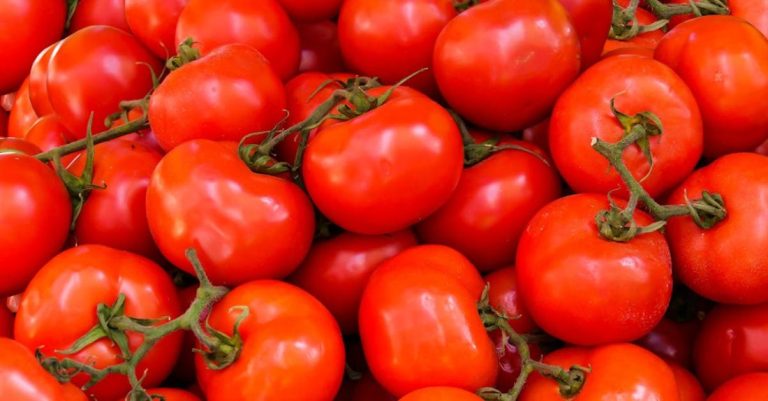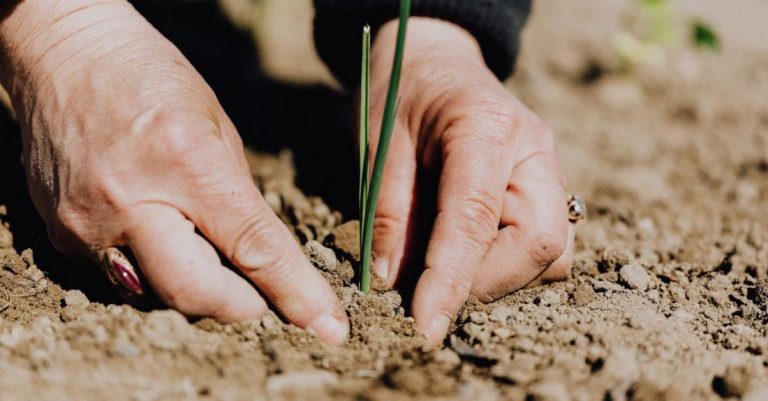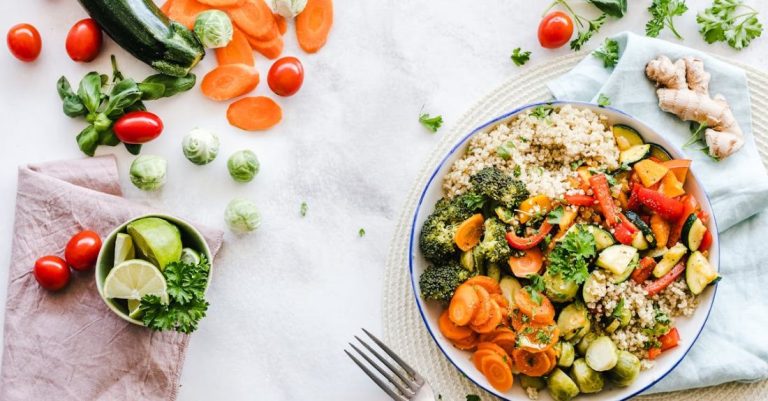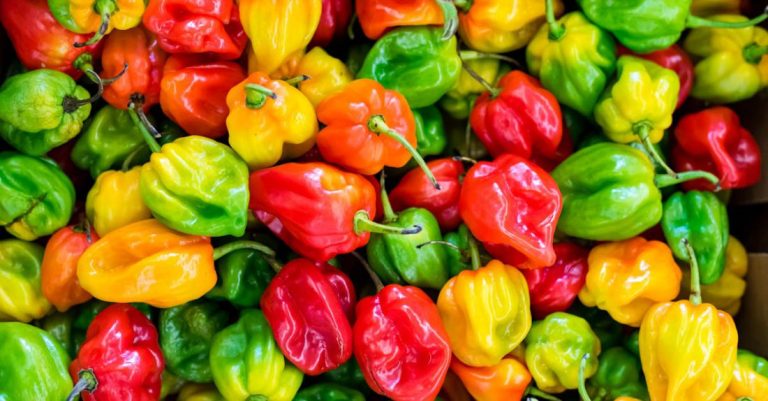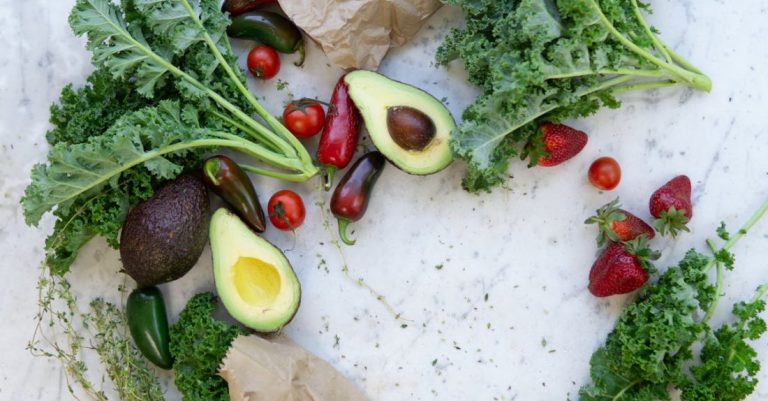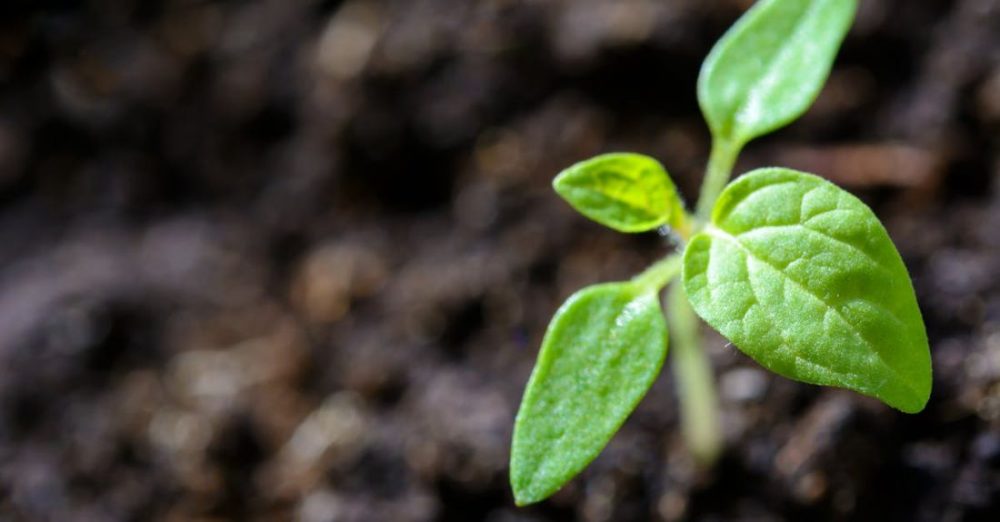
**Maximizing Your Vegetable Harvest: How to Extend the Growing Season**
As a gardener, the thought of extending the growing season for your beloved vegetables can be both exciting and rewarding. By maximizing the time your plants spend in the garden, you can increase your harvest and enjoy fresh produce for a longer period. From utilizing season extension techniques to choosing the right varieties, there are numerous strategies you can employ to make the most of your vegetable garden. Let’s delve into some effective methods to extend the growing season and ensure a bountiful crop.
**Selecting the Right Varieties**
Choosing the appropriate vegetable varieties is crucial when aiming to extend the growing season. Opt for early maturing varieties that require a shorter time to reach harvest stage. Vegetables such as radishes, lettuce, spinach, and peas are known for their quick growth, allowing you to enjoy a harvest earlier in the season. Additionally, look for cold-hardy varieties that can withstand cooler temperatures, enabling you to plant them earlier in the spring or later in the fall.
**Utilizing Season Extension Techniques**
One of the most effective ways to extend the growing season for vegetables is by utilizing season extension techniques. Cold frames, row covers, and hoop houses are valuable tools that can protect your plants from frost and harsh weather conditions, allowing you to plant earlier in the spring and harvest later in the fall. Cold frames act as mini greenhouses, trapping heat and providing a warm environment for your plants. Row covers, made from lightweight fabric, help to insulate plants and shield them from cold temperatures. Hoop houses, constructed using PVC pipes or metal hoops covered with plastic, create a protected environment for your vegetables, extending the growing season significantly.
**Succession Planting**
Succession planting is a technique where you plant crops in intervals to ensure a continuous harvest throughout the growing season. By staggering your plantings, you can extend the harvest period and prevent a glut of produce all at once. For example, after harvesting an early crop of lettuce, you can plant another round of seeds to ensure a steady supply of fresh greens. Succession planting allows you to maximize your garden space and make the most of the growing season.
**Protecting Against Frost**
Frost can be a significant threat to your vegetable garden, especially in the early spring and late fall. To protect your plants from frost damage and extend the growing season, consider using floating row covers or cloches. Floating row covers are lightweight fabrics that can be draped over plants to provide insulation and prevent frost from settling on them. Cloches, which are individual covers placed over individual plants, create a microclimate that shields plants from cold temperatures. By taking proactive measures to protect your vegetables from frost, you can prolong the growing season and ensure a successful harvest.
**Optimizing Soil Health**
Healthy soil is essential for ensuring strong plant growth and maximizing the growing season for your vegetables. Prior to planting, amend your soil with organic matter such as compost or aged manure to improve its structure and fertility. Well-draining soil that is rich in nutrients will promote healthy root development and support vigorous plant growth. Regularly testing your soil and adjusting pH levels as needed will create an optimal growing environment for your vegetables, allowing them to thrive throughout the season.
**Harvesting and Preserving Your Produce**
As you extend the growing season for your vegetables, it is essential to harvest your produce at the peak of ripeness to enjoy maximum flavor and nutritional benefits. Be diligent in checking your plants regularly for ripe vegetables and harvest them promptly. For crops that produce abundantly, such as tomatoes and peppers, consider preserving the harvest through methods like canning, freezing, or drying. By preserving your produce, you can enjoy the fruits of your labor long after the growing season has ended.
**Ensuring a Bountiful Harvest: Tips for Success**
To ensure a bountiful harvest and extend the growing season for your vegetables, it is essential to stay proactive and attentive to the needs of your plants. Regularly monitor weather conditions, protect your plants from frost, and practice succession planting to maximize your garden’s productivity. By selecting the right varieties, utilizing season extension techniques, and optimizing soil health, you can create an environment that fosters healthy plant growth and abundant harvests. With dedication and careful planning, you can enjoy fresh, homegrown vegetables for an extended period and reap the rewards of your hard work in the garden.
